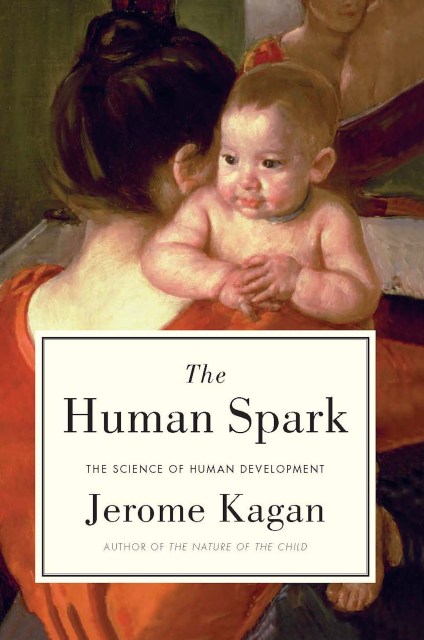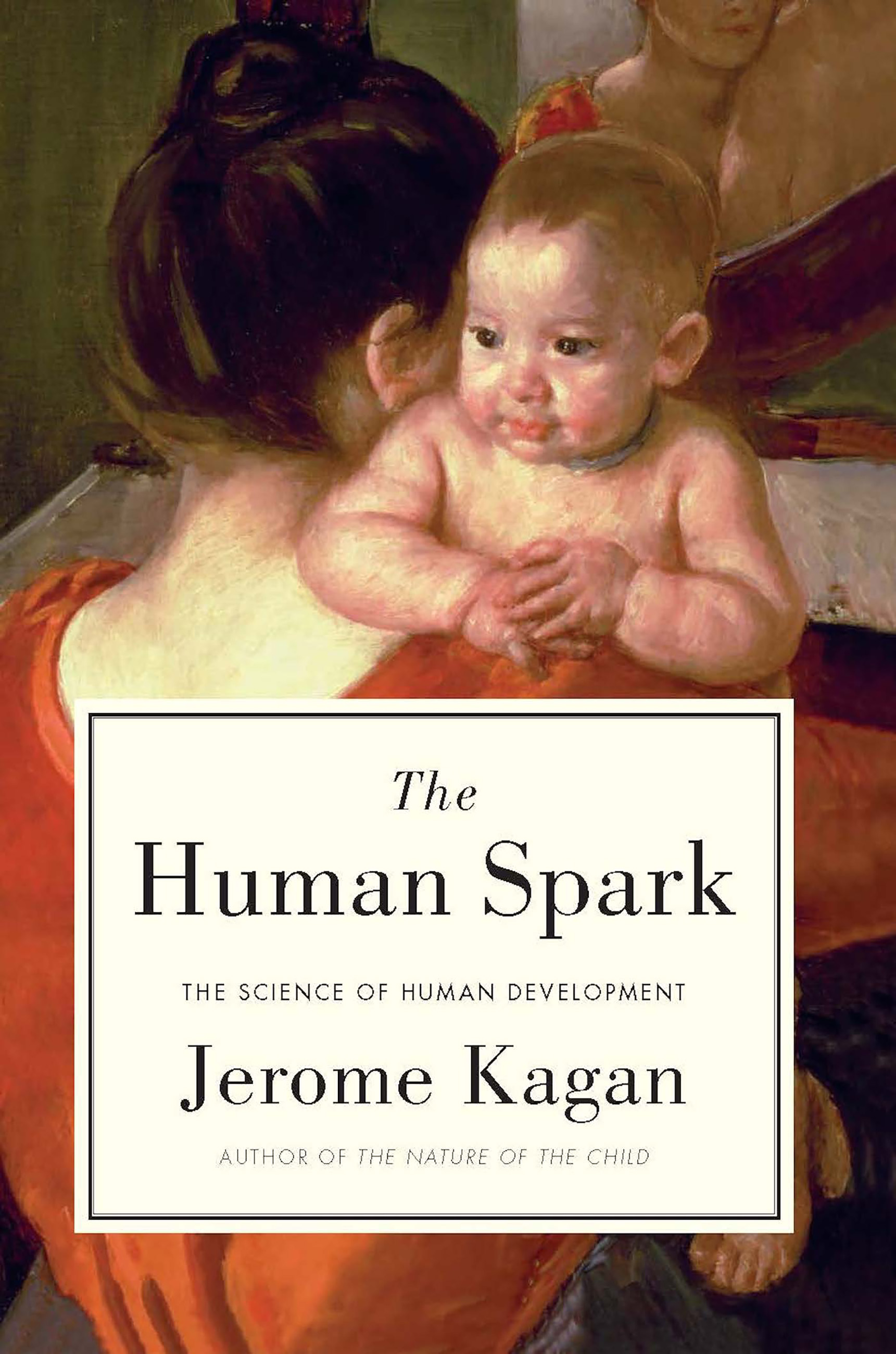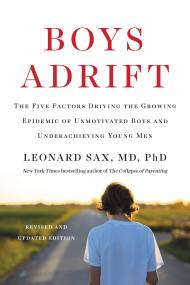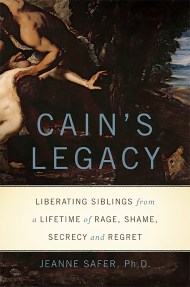Promotion
Use code MOM24 for 20% off site wide + free shipping over $45
The Human Spark
The Science of Human Development
Contributors
By Jerome Kagan
Formats and Prices
Price
$19.99Price
$25.99 CADFormat
Format:
- ebook $19.99 $25.99 CAD
- Hardcover $28.99 $32.00 CAD
This item is a preorder. Your payment method will be charged immediately, and the product is expected to ship on or around June 4, 2013. This date is subject to change due to shipping delays beyond our control.
Also available from:
In The Human Spark, pioneering psychologist Jerome Kagan offers an unflinching examination of personal, moral, and cultural development that solidifies his place as one of the most influential psychologists of the past century. In this definitive analysis of the factors that shape the human mind, Kagan explores the tension between biology and the environment. He reviews major advances in the science of development over the past three decades and offers pointed critiques and new syntheses. In so doing, Kagan calls out the shortcomings of the modern fad for neuroscience, shows why theories of so-called attachment parenting are based on a misinterpretation of research, and questions the field’s reflexive tendency to pathologize the behavior of the young. Most importantly, he reminds us that a life, however influenced by biology and upbringing, is still a tapestry to be woven, not an outcome to be endured.
A profound exploration of what is universal and what is individual in human development, The Human Spark is the result of a scientist’s lifelong quest to discover how we become who we are. Whether the reader is a first-time parent wondering what influence she, her genes, and the wider world will have on her child; an educator seeking insight into the development of her students; or simply a curious soul seeking self-knowledge, Kagan makes an expert and companionable guide.
Genre:
- On Sale
- Jun 4, 2013
- Page Count
- 352 pages
- Publisher
- Basic Books
- ISBN-13
- 9780465037735
Newsletter Signup
By clicking ‘Sign Up,’ I acknowledge that I have read and agree to Hachette Book Group’s Privacy Policy and Terms of Use







